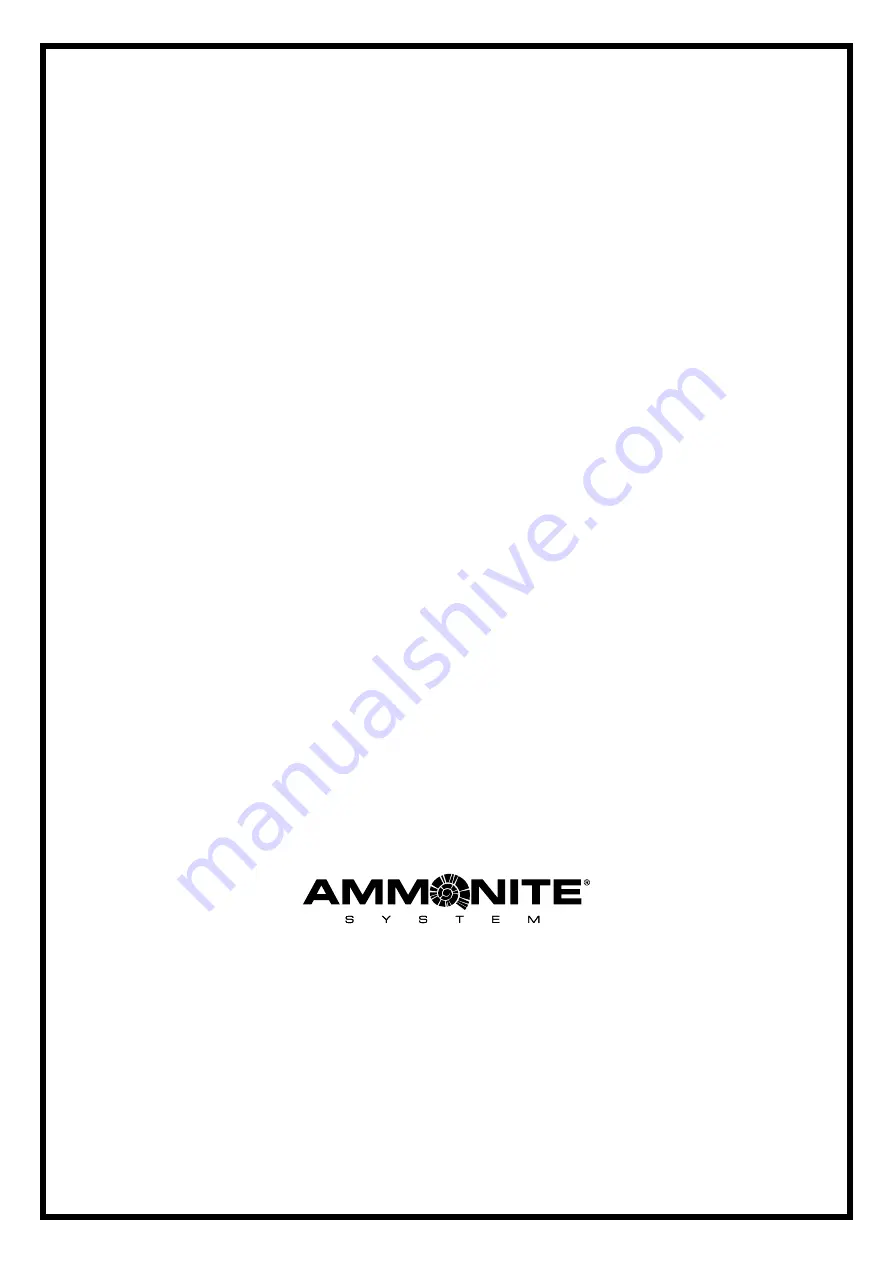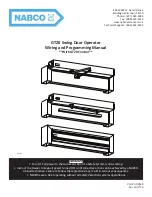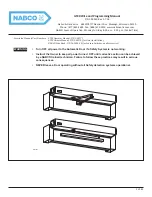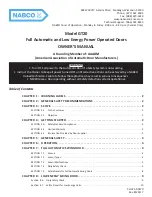
You should not do the following:
Open (cut the protective wrap) the battery pack.
Interfere with the battery construction.
Short the battery contact pins.
Use the battery with batteries operating in other chemical systems or made by other manufacturers.
Use the battery with batteries operating in the same chemical system but featuring different capacities or nominal voltages.
Throw the battery or pierce the cells’ casing
Put the battery into fire.
Immerse the pack into water without a waterproof casing.
Storage conditions of Li-Ion batteries
The battery should be stored in a dry, ventilated room in ambient temperatures from +10 °C to +40 °C.
Temperatures higher than +60 °C may cause damage to the internal parts of the battery.
Charging the battery must always take place in a positive temperature: from 10 °C to +40 °C.
If the battery was stored in a negative temperature, it is necessary to let it adjust by leaving it in a temperature of at least +10 °C
for 4-5 hours.
While diving in winter, you must not store the battery in a negative temperature (e.g. in a car boot or outdoors).
Charging a frozen battery may result in damage to its internal parts.
Discharge of the battery may take place in temperatures ranging from +10 °C to +40 °C.
The battery may be stored after prior charge up to 70%-100% (storing a discharged battery leads to its deterioration).
The battery must be stored away from sources of fire and damp, as well as food.
When stored, the battery must be charged at least once every six months or more often if the voltage on its pins amounts to
less than 8.5 V (20% on the charger display).
You must check the voltage/capacity on the battery pins once a month using the charger included in the kit or another ap-
propriate measuring instrument.
Ammonite System®
ul. Jasnogórska 18a
05-120 Legionowo
Poland
www.ammonitesystem.com
4
Содержание ACCU THERMO
Страница 1: ...ACCU THERMO heating batteries user manual...






















